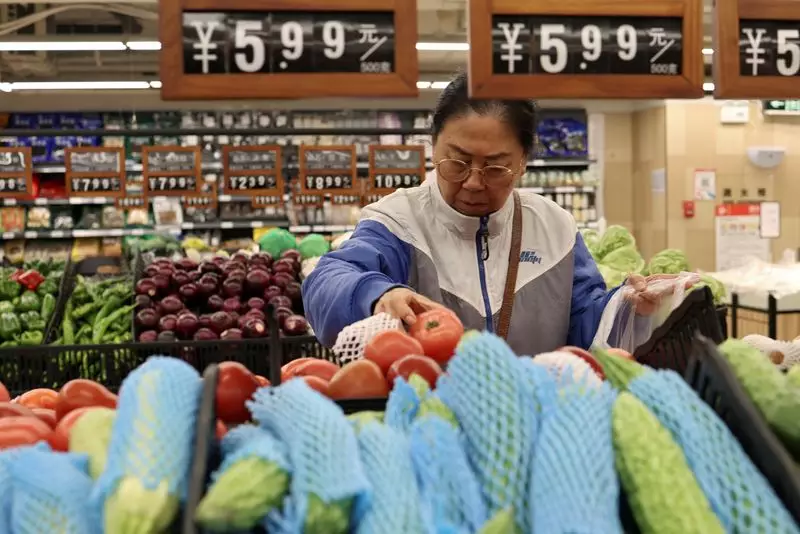China’s economy is navigating through turbulent waters as we approach the end of 2023. Advanced indicators suggest that the economic growth, which once seemed resilient, is now on a declining trajectory. Specifically, the third quarter growth rate is expected to fall to 4.5% year-on-year, down from 4.7% in the previous quarter, marking the weakest expansion since the start of the year. This downturn is mainly attributed to a protracted slump in the real estate sector and subdued consumer spending, both of which are critical components of the economy.
The declining growth rate signals deeper structural issues; the property downturn has instigated a ripple effect across various sectors, undermining overall economic stability. As China’s policymakers grapple with these persistent challenges, the specter of a significant slump looms large. The persistent weakness in household consumption is particularly concerning, as it diminishes domestic demand—the backbone of a healthy economy.
In response to the encroaching economic malaise, Chinese authorities are poised to roll out a series of stimulus measures aimed at spurring growth. The government is under immense pressure to meet its growth target of approximately 5% for 2024, despite predictions suggesting that growth may only reach 4.8% next year. The rising local government debts, which have been exacerbated by the dual pressures of reduced tax revenues and soaring expenditures, complicate this task further.
Policymakers have pledged to transition from their traditional investment-led growth model towards stimulating consumption—a critical pivot that highlights the recognition of shifting economic dynamics. While infrastructure and manufacturing investments have historically driven the economy, the realignment towards consumer spending appears to be a timely and necessary step. However, detailed plans for the imminent fiscal stimulus package remain under wraps, leaving markets in a state of anxious anticipation.
Mixed Signals from the Economic Data
Analyses of recent economic data paints a complex and somewhat contradictory picture. Preliminary figures suggest that while retail sales may exhibit signs of recovery, other indicators, such as investments, are showing weakness. The Industrial sector continues to perform admirably, yet this growth is not translating into broader economic benefits, raising concerns about the likelihood of deflationary pressures taking hold. With a troubling combination of waning domestic consumption and escalating local government debt, the risk of entrenched deflation is a significant worry.
The latest international trade dynamics also threaten to dampen any potential recovery. Following a pattern of decreased demand from foreign trade partners, both exports and imports are exhibiting marked deceleration, which raises further red flags about the economic outlook. The decline in export growth—once a bright spot in the economic landscape—signals potential job losses and further deterioration of manufacturer confidence as companies struggle to clear inventories in light of looming tariffs.
As the economic landscape remains precarious, China’s central bank is adopting an aggressive stance on monetary policy. In September, significant measures were introduced, including a substantial liquidity injection and interest rate cuts designed to rejuvenate the property market and bolster stock performance. These measures reflect an understanding that conventional growth drivers are no longer sufficient to maintain economic stability.
Reflecting the prevailing pessimism, analysts expect further cuts to lending rates and banks’ reserve ratios, a clear indication that authorities are preparing to take bold steps to counter shrinking demand. However, despite these efforts, the underlying structural challenges suggest that achieving a robust and sustained recovery will be a tall order.
China’s journey towards stable and sustained economic growth faces substantial hurdles in the form of sluggish consumption, a housing market in decline, and escalating local debts. The recent shifts in policy approach—from heavy infrastructure investment to a focus on consumer spending—indicate a recognition of these challenges, yet whether these measures will translate into meaningful recovery remains uncertain.
As authorities navigate this complex terrain, the need for clear and effective strategies, alongside a willingness to adapt to new economic realities, is paramount. Only time will tell if China can stabilize its economy and reinvigorate growth amid these mounting pressures.

